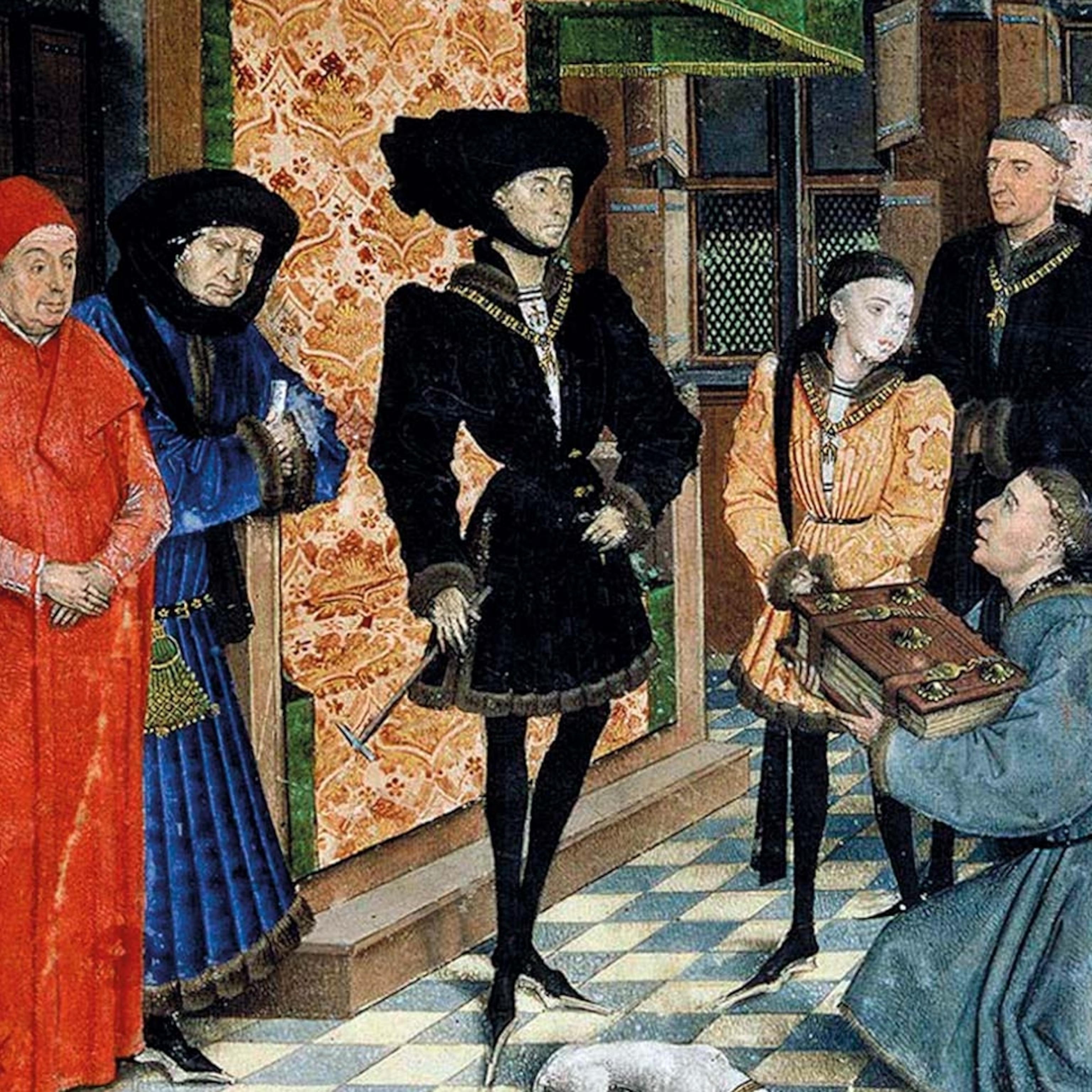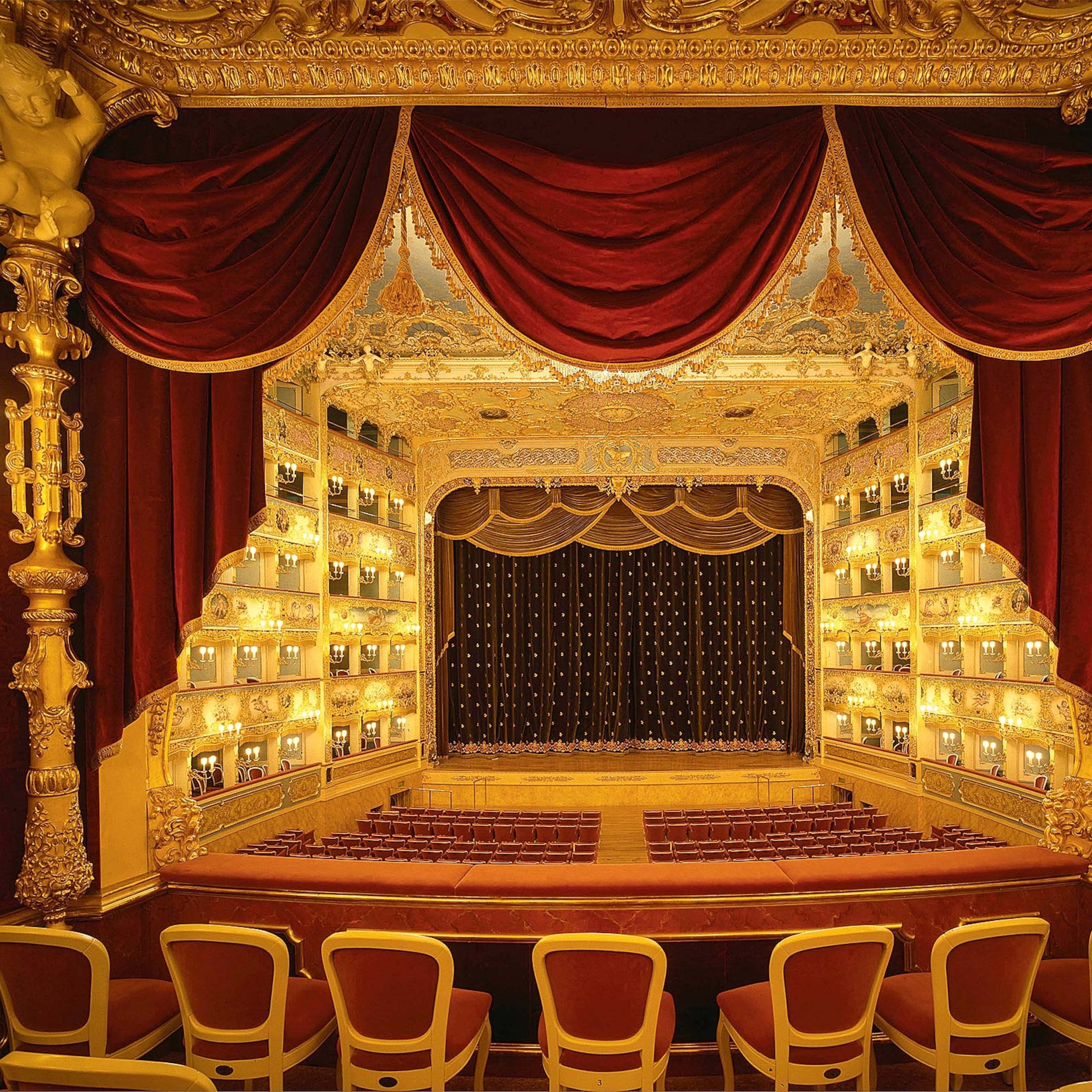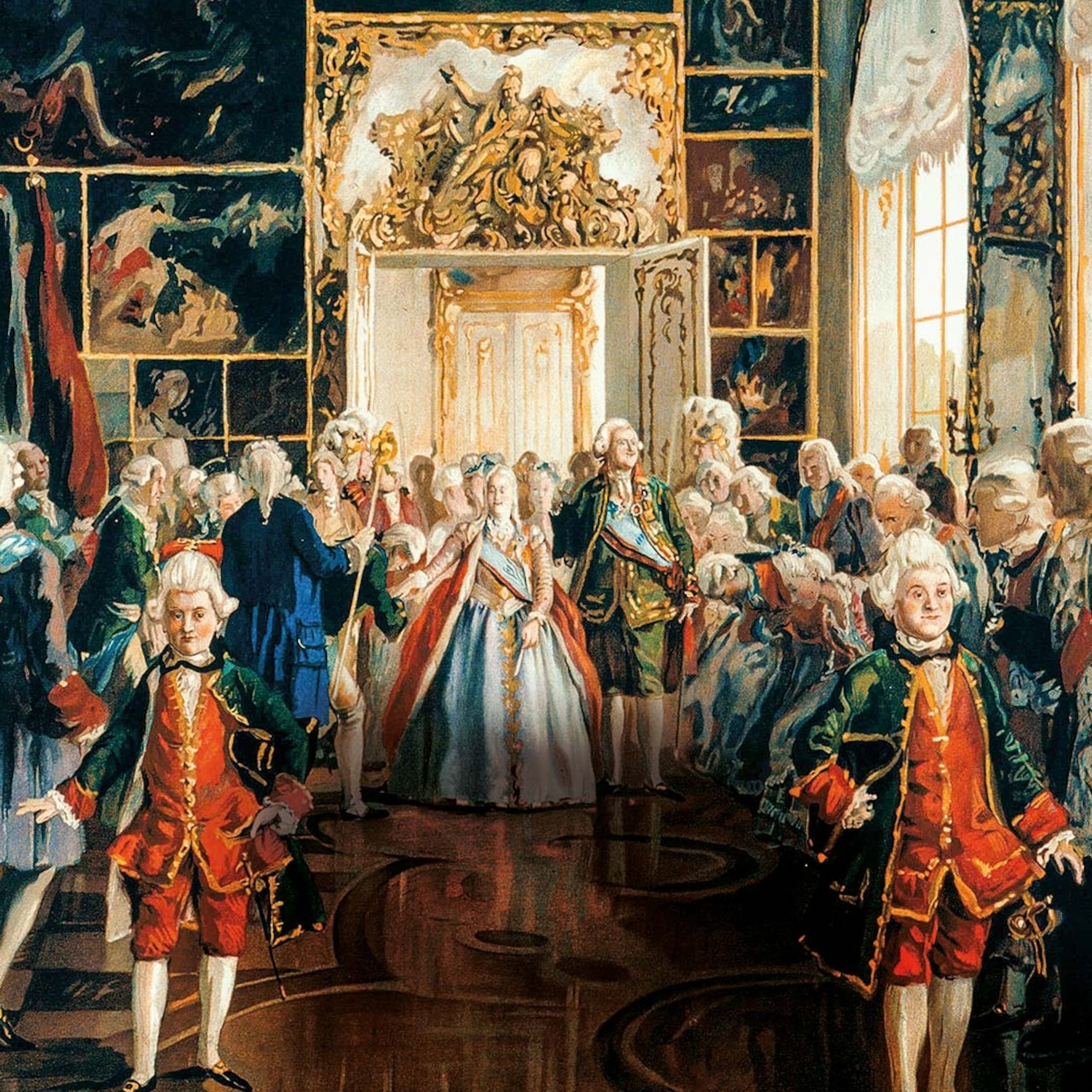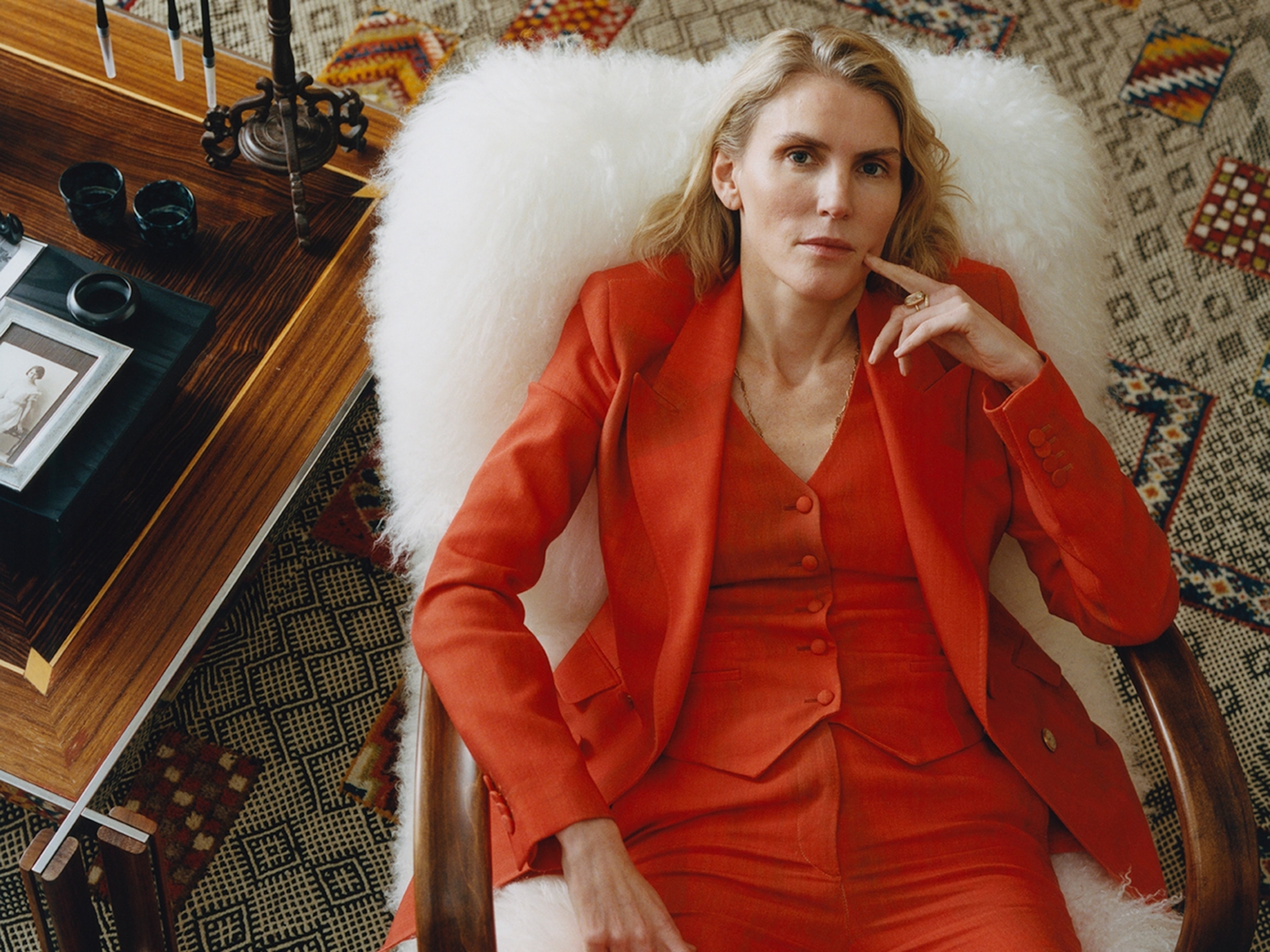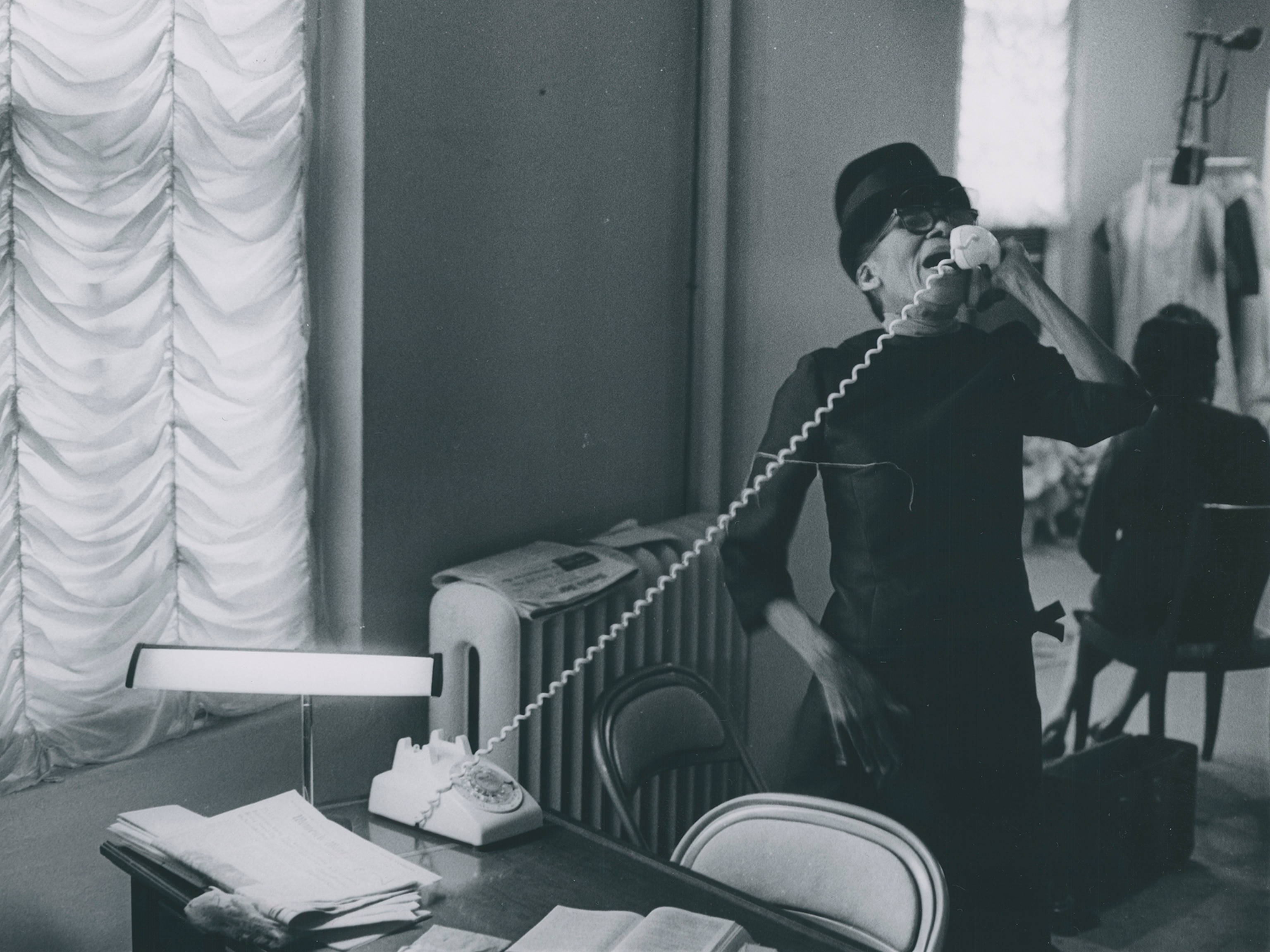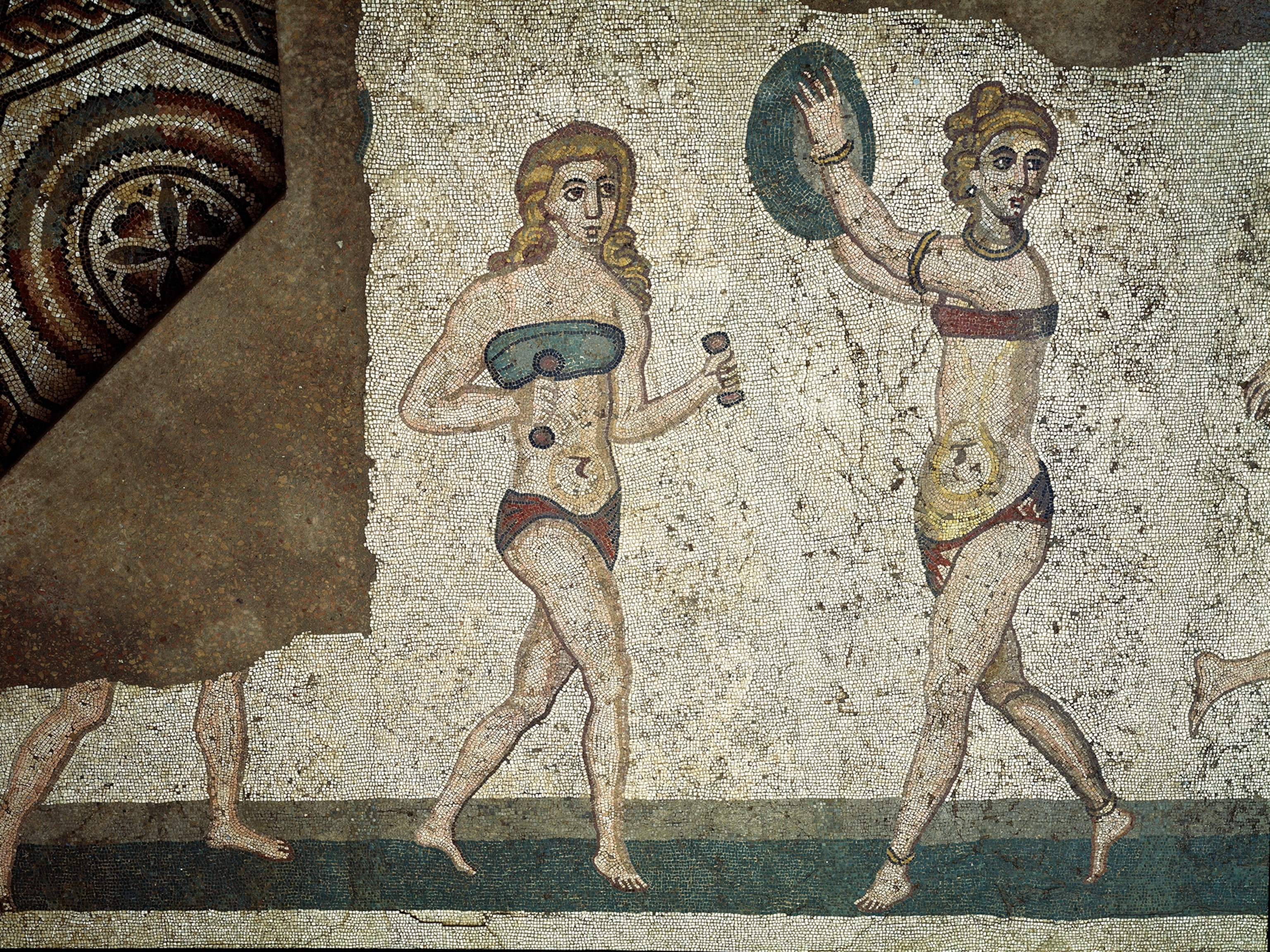How Indian streetwear became western pajamas
After the British Raj was established, the Indian kurta pajama became fashionable across Europe and was eventually adapted into matching sets.
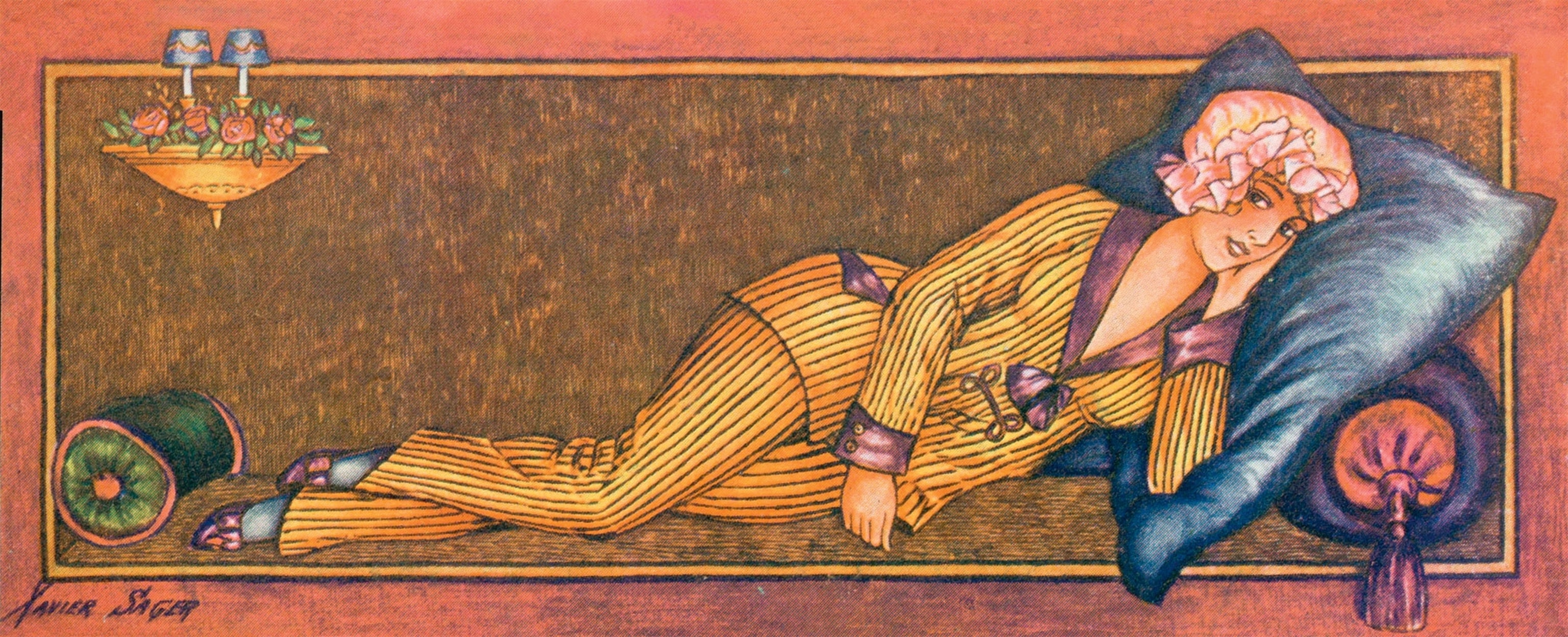
Today, in the Western world, pajamas are all about comfort and coziness for sleeping or lounging. However, they originated in Asia, where they were worn as outerwear. At first, “pajama” (singular) designated only the pants part of what we now know as “pajamas” (plural). The term comes from the Persian pae-jamah, meaning leg garment.
Some 3,000 years ago, the nomadic horsemen of western China started to wear loose pants tied at the waist rather than an undivided robe or tunic. The garment was later adopted by the Persians and became popular throughout Asia. In India, the pajama was combined with a kurta—a long, loose-fitting, collarless shirt. The kurta pajama combination is still popular with both sexes as outerwear today.
Europeans who traveled to India in the 17th and 18th centuries saw locals wearing the kurta pajama. The garment, made of soft cotton or Asian silk, with few seams and a loose design, offered a comfortable contrast to the stiff, tight-fitting fashions in Europe at the time. But among Europeans, it was only the privileged few who got to own an authentic set. Some aristocrats brought them back from their travels in Asia to show them off at court.
(You’ve seen the ads. Do you know the history of underwear?)
A fashion-forward earl
William Feilding, the first Earl of Denbigh, donned his Indian kurta pajama for a portrait by fashionable court painter Anthony Van Dyck.
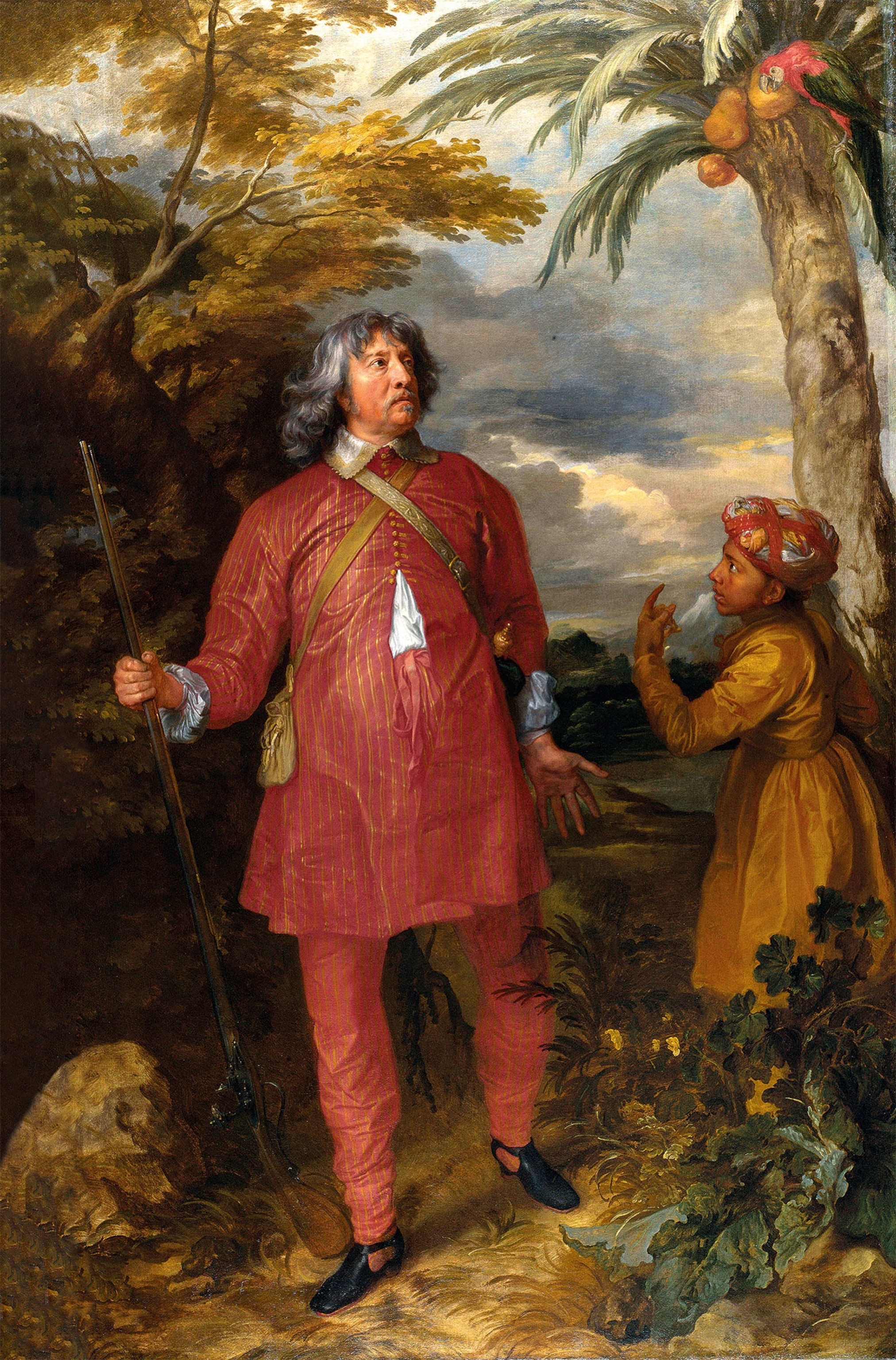
Feilding had acquired his Asian attire during a 1631 trip to the court of Shah Safi I of Persia and Shah Jahan, the Mughal emperor of India. The painting was made in England, and by donning a red-striped kurta pajama, the earl intended to strike a chord that would impress upon viewers his knowledge of far-flung lands and customs. Peeking out from underneath the kurta were the collar and sleeves of a Western-style shirt.
The garments depicted in the portrait were made of silk. After centuries of trade with China, Europeans had learned to produce silk in Europe around the 12th century. But even in the 1600s, it was still costly to buy in England and associated with exoticism and Asian luxury. The earl was attended by a young servant who accompanied him from India and wore a longer but equally luxurious kurta pajama and a patterned turban.
Later, when British rule was established over India in the 18th and 19th centuries, the fashion for Indian dress spread in Europe. For comfortable home wear, the British adopted garments such as the banyan, a robe somewhat similar to a Japanese kimono, that was worn like a dressing gown over a shirt and jacket. Meanwhile, British officials in India realized the advantages of the kurta pajama as casual wear; it was far more comfortable in the Indian heat than traditional Western dress.

(A surprising must-wear for European monarchs? Weasels.)
And so to bed
Among all social classes in Europe, some sort of undergarment, usually made of linen or wool, was worn in bed. Then in the 18th and 19th centuries, a specific garment for sleeping emerged: The nightshirt, or nightgown, was worn by both men and women. It was not until the late 19th century that “pajamas” (now referring to the two-piece set of loose trousers and shirt) became garments for sleeping.
It seems that it was upper-class men in the Victorian era who swapped their nightgowns for the comfortable and elegant alternative of pajamas. The two-piece sleeping suit combined a loose shirt and pants, as worn in India, adapted to European tastes. The shirt was shorter than the kurta and a collar and buttons were added.
(Your khaki pants have a history that may surprise you.)

British influence spread the garb’s popularity. Initially, pajamas were luxury garments made by specialized tailors. However, at the end of the 19th century, mass production of pajamas developed in the United States and quickly became widespread. Those who couldn’t afford a tailor no longer had to make do with old shirts or homemade nightgowns.
Two-piece pajamas were now available for a reasonable price in department stores. The fashion would take off in the rest of continental Europe after World War I, in part because of American influence.
Adam-chemisier, a specialized French men’s fashion magazine, ran a six-page feature in 1933 focused on extolling the virtues of pajamas over traditional nightshirts. The article stated:
After the war, with the arrival of the Americans, who only knew pajamas as nightwear, the [French] manufacturers tried to popularize them. It was obviously necessary to launch them onto the market at affordable prices to respond to the modest means of the general public . . . The idea forged ahead and with each new season, sales increased . . . Except among children and some old-fashioned people, the solemn nightgown has lost popularity with the buyer.
(This French king took men’s hair to new heights.)
The author of the article went on to highlight the significant shortcomings of the nightshirt, which were most evident when trying to get out of bed in a decorous manner:
Pajamas leave a similarly great freedom of movement, necessary for the body during sleep, and favor dignity and correctness that were not satisfied [with the nightshirt]. There was a broken equilibrium (equilibrium being the primordial quality of elegance) that the pajamas have reestablished and to which they have added the grace of their line.


His and hers
Initially, pajamas were marketed only to men. A key to their success was that they were seen as more manly than nightshirts. Cinema, in the first half of the 20th century, contributed to this image. Old Hollywood star Clark Gable brought pajama-wearing to a peak of elegance in the 1934 movie It Happened One Night, and the four pairs of pajamas worn by James Stewart in the 1954 thriller Rear Window contributed to the movie’s iconic status.
(When men's fashion had a revolution—in medieval times.)
Women stuck with the traditional nightgown for longer, mirroring the reality that wearing pants (as day wear) had still not become widely practiced. This began to change in the 1920s. Corsets, long skirts, and big hats were set aside for freer, more comfortable fashion, and pajamas started to make waves in women’s wear.
At first, they were worn as outer garments in the form of summer pantsuits called beach pajamas. Couturier Coco Chanel helped set the trend when pictured in beach pajamas on the French Riviera. Chanel’s outfits often combined brightly colored, loose-fitting pants with a tighter-fitting shirt.
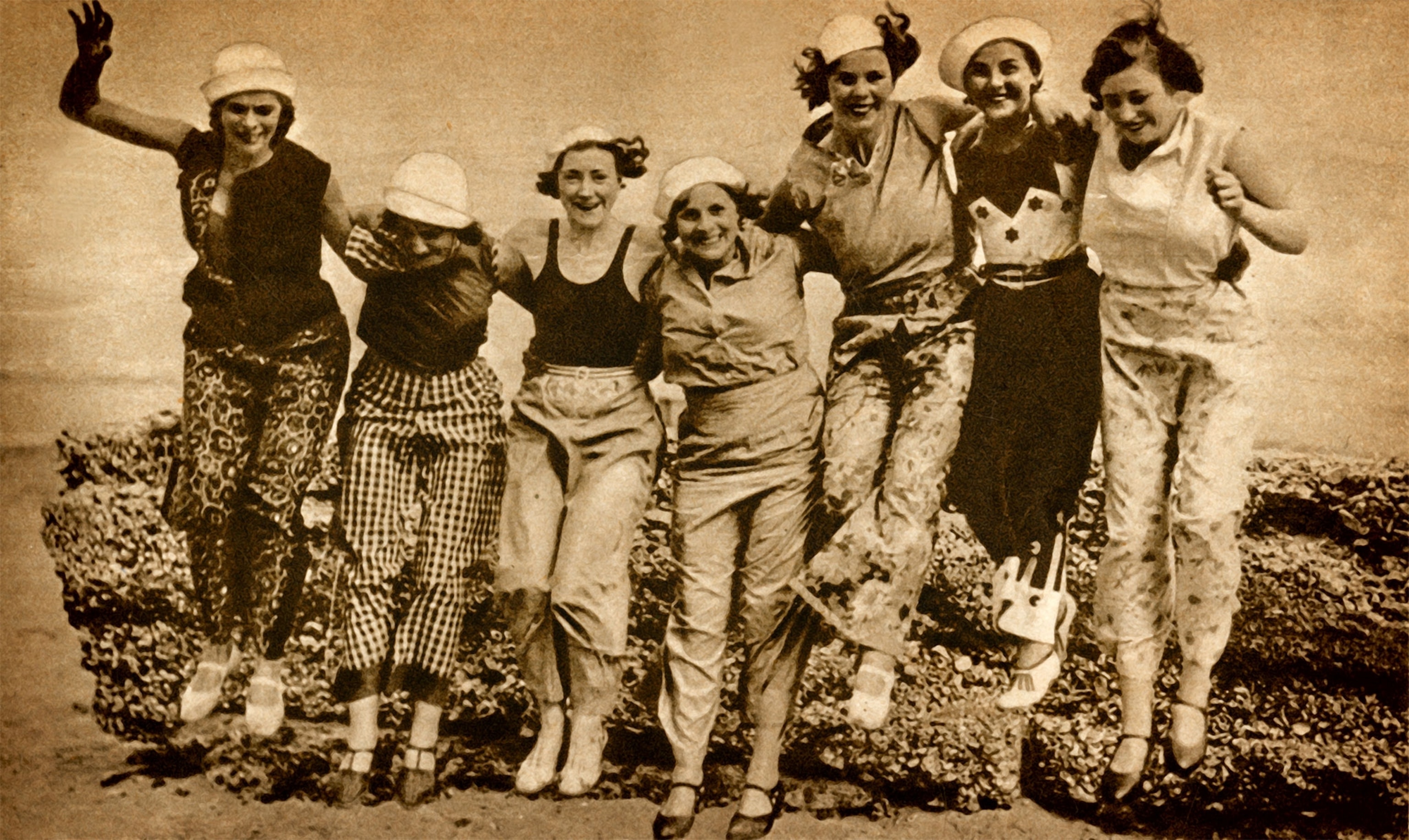
During World War II, the rationing of raw materials meant the design of pajamas became less about fashion and more about practicality. Comfortable, warm fabrics, such as cotton or wool blends, were used. After the war, as an atmosphere of conservative family values prevailed, pajamas were seen as a more demure choice for women than the nightgown, whose bows and low-cut designs started to develop erotic overtones.
Some of the kurta pajama’s adaptations have been embraced in India, where the garment has become a source of pride and blends traditional and contemporary fashion. Western influence on the outfit has led to it being reimagined in creative ways, using different fabrics and cuts. It remains a staple piece of Indian street wear, but it is also worn for special occasions such as weddings and festivals.
(In 1500s Europe, masks were fashionable—and scandalous.)

